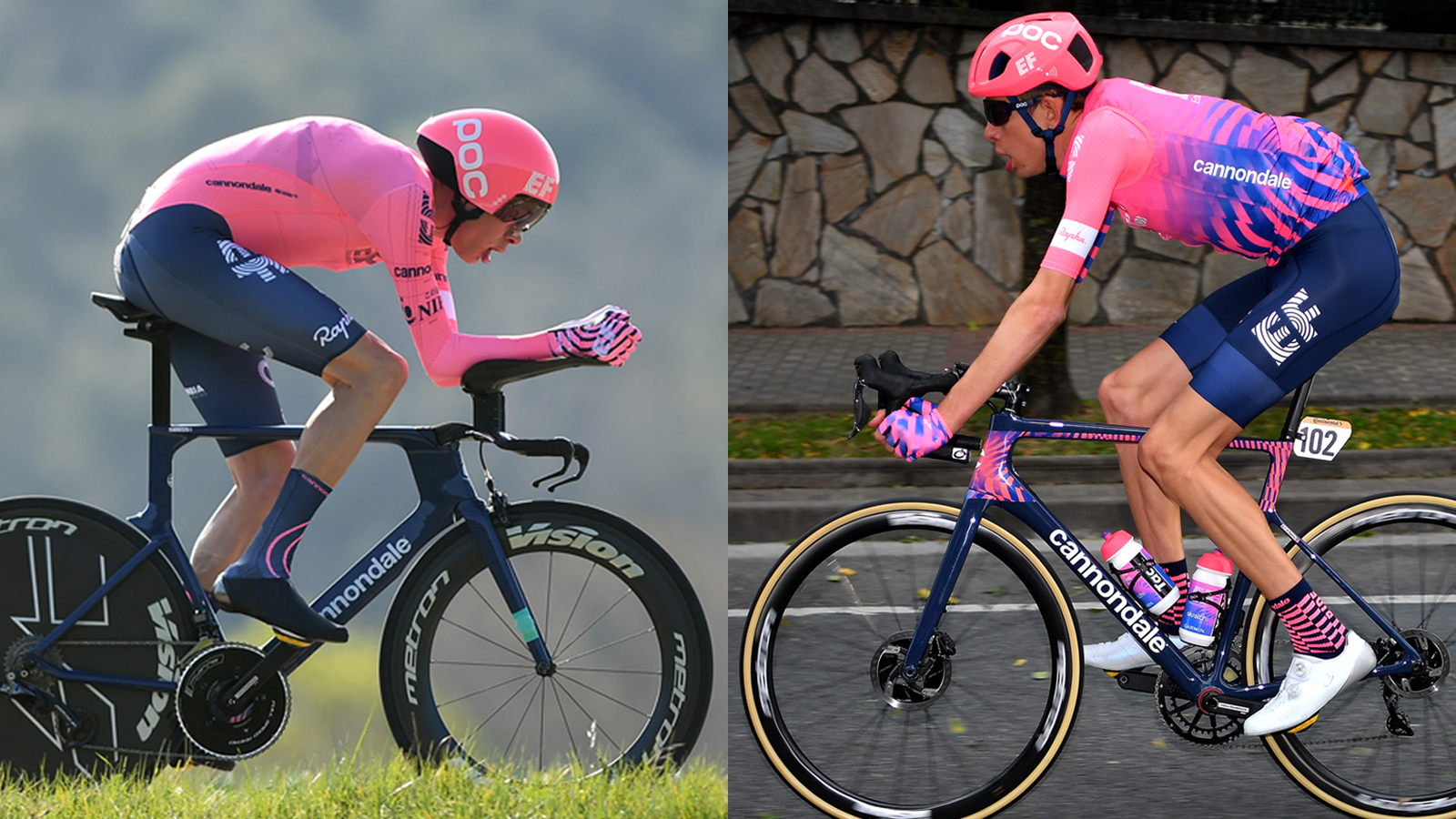What’s the Difference: Unraveling the Mystery
When it comes to cycling, the debate between aero bikes and road bikes has sparked intense interest among enthusiasts. While both types of bikes share some similarities, their distinct designs, features, and purposes set them apart. Aero bikes, designed for speed and efficiency, are built to reduce air resistance, making them ideal for time trials, triathlons, and solo training sessions. On the other hand, road bikes prioritize comfort, versatility, and responsiveness, making them perfect for long rides, group rides, and casual cycling. Understanding the unique characteristics of each type of bike is crucial in making an informed decision when choosing between an aero bike vs road bike. In this article, we’ll delve into the world of aero bikes and road bikes, exploring their strengths and weaknesses, and providing a comprehensive guide to help you choose the right ride for your cycling needs.
Speed Demons: How Aerodynamics Can Give You an Edge
Aerodynamic bikes are designed to reduce air resistance, allowing riders to slice through the wind with ease. By minimizing drag, aero bikes can provide a significant advantage in terms of speed and efficiency. This is achieved through a combination of design features, including a sleek, teardrop-shaped frame, deep-section wheels, and aero-optimized components. The result is a bike that can maintain high speeds with less effort, making it ideal for time trials, triathlons, and solo training sessions. When choosing between an aero bike vs road bike, understanding the benefits of aerodynamics can help riders make an informed decision. For those who prioritize speed and efficiency, an aero bike may be the better choice. However, for riders who value comfort and versatility, a road bike may be a more suitable option.
The Road Less Traveled: The Unique Characteristics of Road Bikes
Road bikes, on the other hand, are designed for comfort, versatility, and responsiveness. They typically feature lightweight frames, narrow tires, and responsive handling, making them ideal for long rides, group rides, and casual cycling. The emphasis on comfort and versatility means that road bikes are often more forgiving than aero bikes, allowing riders to maintain a comfortable pace over extended periods. Additionally, road bikes are often more versatile, with features such as mounts for fenders, racks, and water bottles, making them suitable for commuting, touring, or adventure riding. When deciding between an aero bike vs road bike, riders who prioritize comfort and versatility may find that a road bike is the better choice. However, for those who crave speed and efficiency, an aero bike may be the way to go.
How to Choose: A Step-by-Step Guide to Selecting the Right Bike
When deciding between an aero bike vs road bike, there are several factors to consider. To make an informed decision, follow these steps:
1. Define your riding style: Are you a speed demon, a casual cruiser, or a endurance enthusiast? Understanding your riding style will help you determine which type of bike is best suited for your needs.
2. Consider the terrain: Will you be riding on flat, smooth roads or tackling rough, hilly terrain? Aero bikes excel on flat roads, while road bikes are more versatile and can handle a variety of terrain.
3. Evaluate your fitness goals: Are you training for a triathlon or simply looking to improve your overall fitness? Aero bikes are ideal for time trials and triathlons, while road bikes are better suited for endurance training and casual riding.
4. Think about comfort: Do you prioritize comfort and versatility or speed and efficiency? Road bikes are designed for comfort and versatility, while aero bikes are optimized for speed.
5. Set a budget: Aero bikes and road bikes vary significantly in price, so it’s essential to set a budget and stick to it. Consider the features and components that are most important to you and look for bikes that fit within your budget.
By following these steps, you’ll be able to make an informed decision and choose the right bike for your riding style, terrain, and personal preferences. Remember, the key to finding the perfect bike is to understand your needs and priorities.
Aero Bike vs Road Bike: A Head-to-Head Comparison
When it comes to choosing between an aero bike vs road bike, it’s essential to understand their strengths and weaknesses. Here’s a detailed comparison of the two:
Speed: Aero bikes are designed for speed, with aerodynamic features that reduce air resistance and allow riders to reach higher speeds. Road bikes, on the other hand, are designed for comfort and versatility, making them better suited for endurance riding and casual cruising.
Comfort: Road bikes are designed for comfort, with features such as upright handlebars, cushioned saddles, and relaxed geometries. Aero bikes, while comfortable, prioritize speed and efficiency over comfort.
Versatility: Road bikes are highly versatile, suitable for a wide range of riding styles and terrain. Aero bikes, while excellent for time trials and triathlons, are less versatile and better suited for flat, smooth roads.
Weight: Aero bikes are often heavier than road bikes, due to the added weight of aerodynamic features such as deep-section wheels and aerodynamic frames. Road bikes, on the other hand, are designed to be lightweight and responsive.
Handling: Road bikes are known for their responsive handling, making them ideal for twisty roads and technical descents. Aero bikes, while stable and predictable, are less responsive and better suited for straight-line speed.
Ultimately, the choice between an aero bike vs road bike depends on your riding style, terrain, and personal preferences. By understanding the strengths and weaknesses of each, you can make an informed decision and choose the right bike for your needs.
Real-World Applications: When to Choose an Aero Bike or a Road Bike
In the real world, the choice between an aero bike vs road bike depends on the specific riding scenario. Here are some examples of when to choose each:
Triathlons and Time Trials: Aero bikes are the clear choice for triathlons and time trials, where every second counts. Their aerodynamic features and optimized design make them ideal for high-speed, solo efforts.
Group Rides and Crit Races: Road bikes are better suited for group rides and crit races, where handling and responsiveness are crucial. Their lightweight frames and narrow tires make them ideal for twisty roads and technical courses.
Solo Training Sessions: Aero bikes are a great choice for solo training sessions, where the focus is on building speed and endurance. Their aerodynamic features help riders maintain high speeds with less effort.
Long-Distance Rides: Road bikes are better suited for long-distance rides, where comfort and versatility are essential. Their upright handlebars and cushioned saddles provide a more comfortable riding position, while their lightweight frames and narrow tires make them efficient over long distances.
Hilly Terrain: Road bikes are the better choice for hilly terrain, where their lightweight frames and responsive handling make them more agile and efficient. Aero bikes, while fast on flat roads, can be less responsive and more difficult to handle on hilly terrain.
By understanding the strengths and weaknesses of each type of bike, riders can make informed decisions and choose the right bike for their specific needs and goals.
Product Spotlight: Top Aero Bikes and Road Bikes on the Market
When it comes to choosing the right bike, there are many options available in the market. Here are some of the top aero bikes and road bikes that stand out from the crowd:
Aero Bikes:
The Trek Speed Concept is a top-of-the-line aero bike designed for triathletes and time trialists. With its sleek, aerodynamic frame and deep-section wheels, it’s capable of reaching incredible speeds. ($10,000)
The Specialized Venge is another popular aero bike that’s known for its speed and efficiency. Its aerodynamic frame and components make it an ideal choice for riders who want to go fast. ($8,000)
The Cervelo P5X is a high-performance aero bike designed for triathletes and time trialists. Its unique frame design and aerodynamic components make it one of the fastest bikes on the market. ($12,000)
Road Bikes:
The Trek Emonda is a lightweight and responsive road bike that’s ideal for endurance riding and racing. Its sleek frame and narrow tires make it a great choice for riders who want a comfortable and efficient ride. ($6,000)
The Specialized Tarmac is a high-performance road bike that’s known for its responsive handling and lightweight frame. It’s an ideal choice for riders who want a bike that can handle twisty roads and technical descents. ($8,000)
The Cannondale SuperSix Evo is a high-end road bike that’s designed for racing and endurance riding. Its lightweight frame and responsive handling make it a great choice for riders who want a bike that can do it all. ($10,000)
When choosing between an aero bike vs road bike, it’s essential to consider your riding style, terrain, and personal preferences. By understanding the strengths and weaknesses of each type of bike, you can make an informed decision and find the perfect fit for your riding style.
Conclusion: Finding the Perfect Fit for Your Riding Style
In conclusion, choosing between an aero bike vs road bike ultimately comes down to understanding your riding style, terrain, and personal preferences. By considering the unique characteristics of each type of bike, you can make an informed decision and find the perfect fit for your riding goals.
Whether you’re a triathlete looking for a speed advantage or a casual rider seeking a comfortable and efficient ride, there’s an aero bike or road bike out there for you. By weighing the pros and cons of each type of bike, you can make a decision that will take your riding to the next level.
Remember, the right bike can make all the difference in your riding experience. So, take the time to research, test ride, and consider your options carefully. With the right bike, you’ll be able to ride faster, farther, and more comfortably than ever before.
In the end, the choice between an aero bike vs road bike is not a one-size-fits-all solution. It’s a personal decision that depends on your unique needs and goals. By understanding the strengths and weaknesses of each type of bike, you can find the perfect fit for your riding style and take your riding to new heights.









